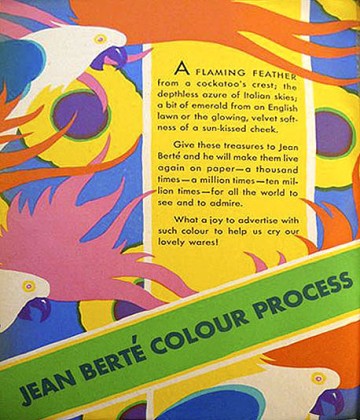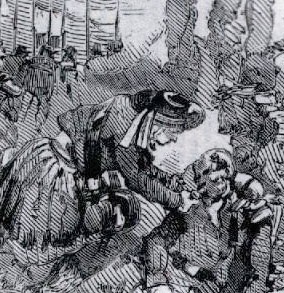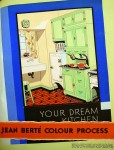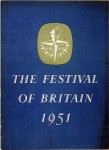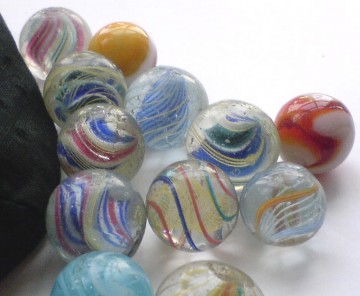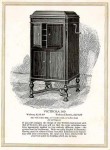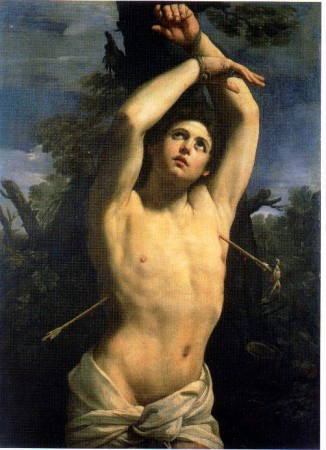 Seven paintings, all of the same subject: a beautiful, almost naked youth, tied to a tree, in the throes of martyrdom. Five are almost identical versions of the same composition, from galleries as far away as Puerto Rico and New Zealand. All are uncompromising in their directness. The painting from Genoa inspired Wilde, Mishima and Pierre & Gilles. Stendahl claimed they so distracted the faithful that they had to be removed from churches.
Seven paintings, all of the same subject: a beautiful, almost naked youth, tied to a tree, in the throes of martyrdom. Five are almost identical versions of the same composition, from galleries as far away as Puerto Rico and New Zealand. All are uncompromising in their directness. The painting from Genoa inspired Wilde, Mishima and Pierre & Gilles. Stendahl claimed they so distracted the faithful that they had to be removed from churches.
The St Sebastians of the 'divine Guido' Reni (1575-1642) feature in an exhibition at the Dulwich Picture Gallery until May 11. It offers the public the chance to play an intriguing game of art historical 'spot the difference'. Which are 'real', which are copies? How much is the work of the master, and how much of his studio? Why are they such gay icons?
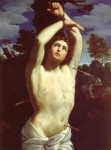 The Rome painting lacks the impact of its Genoese neighbour. The paintwork is softer, the face and body less defined. A third arrow has pierced the martyr's side and the feathers of another don't now clash with the Roman soldier in the background.
The Rome painting lacks the impact of its Genoese neighbour. The paintwork is softer, the face and body less defined. A third arrow has pierced the martyr's side and the feathers of another don't now clash with the Roman soldier in the background.
Standing in front of Reni's version from Genoa it is easy to see why it had such impact on Wilde: an athlete of classical build is indifferent to his wounds. Sacred: his boyish, asexual face, framed by his pinioned arms, gazes heavenward. Profane: his loincloth slips provocatively, emphasised by a partly turned hip.
 Pierre & Gilles and Jarman also responded to this sultry mix of agony and ecstasy. Yukio Mishima had himself photographed as St Sebastian and in Confessions of a Mask the narrator discovers his sexuality because of a print of the painting.
Pierre & Gilles and Jarman also responded to this sultry mix of agony and ecstasy. Yukio Mishima had himself photographed as St Sebastian and in Confessions of a Mask the narrator discovers his sexuality because of a print of the painting.
Of the six versions of the (earlier?) composition, that from New Zealand is the most obviously different. The brushwork is far looser, there is less light - yet in spite of these differences, the current view is that it is by Reni himself. Comparing the others on view, they all seem as one.
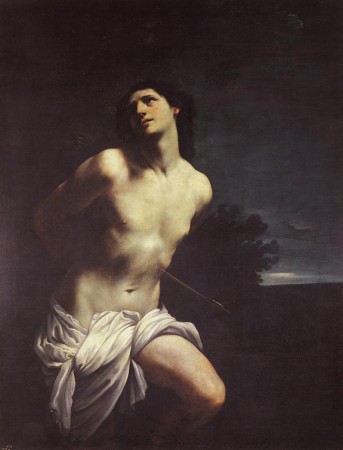
 The Dulwich's own St Sebastian was long thought to be a copy of the painting in the Prado, Madrid. Now restoration has revealed signs of pentimenti (second thoughts) that have enabled its attribution as Reni's own work.
The Dulwich's own St Sebastian was long thought to be a copy of the painting in the Prado, Madrid. Now restoration has revealed signs of pentimenti (second thoughts) that have enabled its attribution as Reni's own work.
For one critic Reni was self-consciously re-working notions of light, texture and atmosphere, the repeated composition a means to an end. Perhaps the explanation for so many versions is more prosaic: Reni wanted cash and welcomed requests for repeat business. He certainly went on to make other paintings of this middle-aged Roman soldier, the parton saint of sufferers of the plague, who met his final end only after his wounded body was dragged out of the cloaca maxima. Either way this Dulwich exhibition (which deserved much greater space) is fascinating.
The exhibition is complemented by a catalogue which contains more art historical analysis than is usual. Also on show was 'The age of enlightenment: Beardsley, Dulac and their Contemporaries 1890-1930' - Beardsley's perfumed and obsessional exoticism providing another take on image making.
Comprehensive Survey of images of St Sebastian
Review in the Independent
 The Daily Mail, like most of its stablemates, is gripped by another bout of Harry fever. The revelation that the carrot-top royal is soon to be an ex-air traffic controller in Afghanistan is accompanied by acres of perfectly posed photos of the pin-up prince on patrol with the Ghurkas. Tragic that for him it's "a dream come true" to take part in a ghastly conflict in a country that's been wrecked by a poisonous cocktail of religious extremism mixed up with centuries of outside interference.
The Daily Mail, like most of its stablemates, is gripped by another bout of Harry fever. The revelation that the carrot-top royal is soon to be an ex-air traffic controller in Afghanistan is accompanied by acres of perfectly posed photos of the pin-up prince on patrol with the Ghurkas. Tragic that for him it's "a dream come true" to take part in a ghastly conflict in a country that's been wrecked by a poisonous cocktail of religious extremism mixed up with centuries of outside interference.
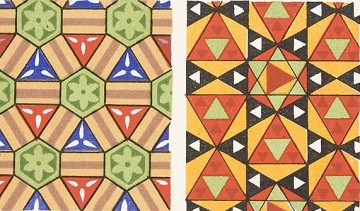

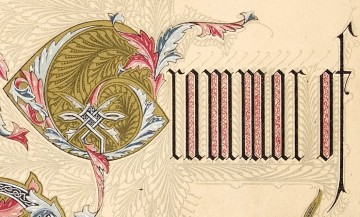
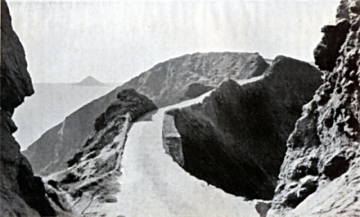


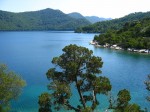

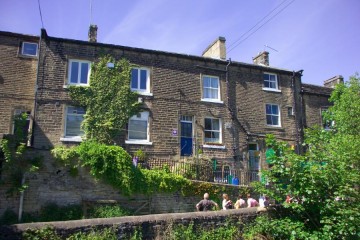 ...Are all "bombers", according to a foolish seven year old in Holmfirth in Yorkshire. A woman of Pakistani origin, enjoying life with her mainly white neighbours, described hearing this said of her five year old by a stranger's child. It was soon after the July bombings in London. Can you blame her for moving from 'Last of the Summer Wine' country to urban Dewsbury?
...Are all "bombers", according to a foolish seven year old in Holmfirth in Yorkshire. A woman of Pakistani origin, enjoying life with her mainly white neighbours, described hearing this said of her five year old by a stranger's child. It was soon after the July bombings in London. Can you blame her for moving from 'Last of the Summer Wine' country to urban Dewsbury?
 Seven paintings, all of the same subject: a beautiful, almost naked youth, tied to a tree, in the throes of martyrdom. Five are almost identical versions of the same composition, from galleries as far away as Puerto Rico and New Zealand. All are uncompromising in their directness. The painting from Genoa inspired Wilde, Mishima and Pierre & Gilles. Stendahl claimed they so distracted the faithful that they had to be removed from churches.
Seven paintings, all of the same subject: a beautiful, almost naked youth, tied to a tree, in the throes of martyrdom. Five are almost identical versions of the same composition, from galleries as far away as Puerto Rico and New Zealand. All are uncompromising in their directness. The painting from Genoa inspired Wilde, Mishima and Pierre & Gilles. Stendahl claimed they so distracted the faithful that they had to be removed from churches.



